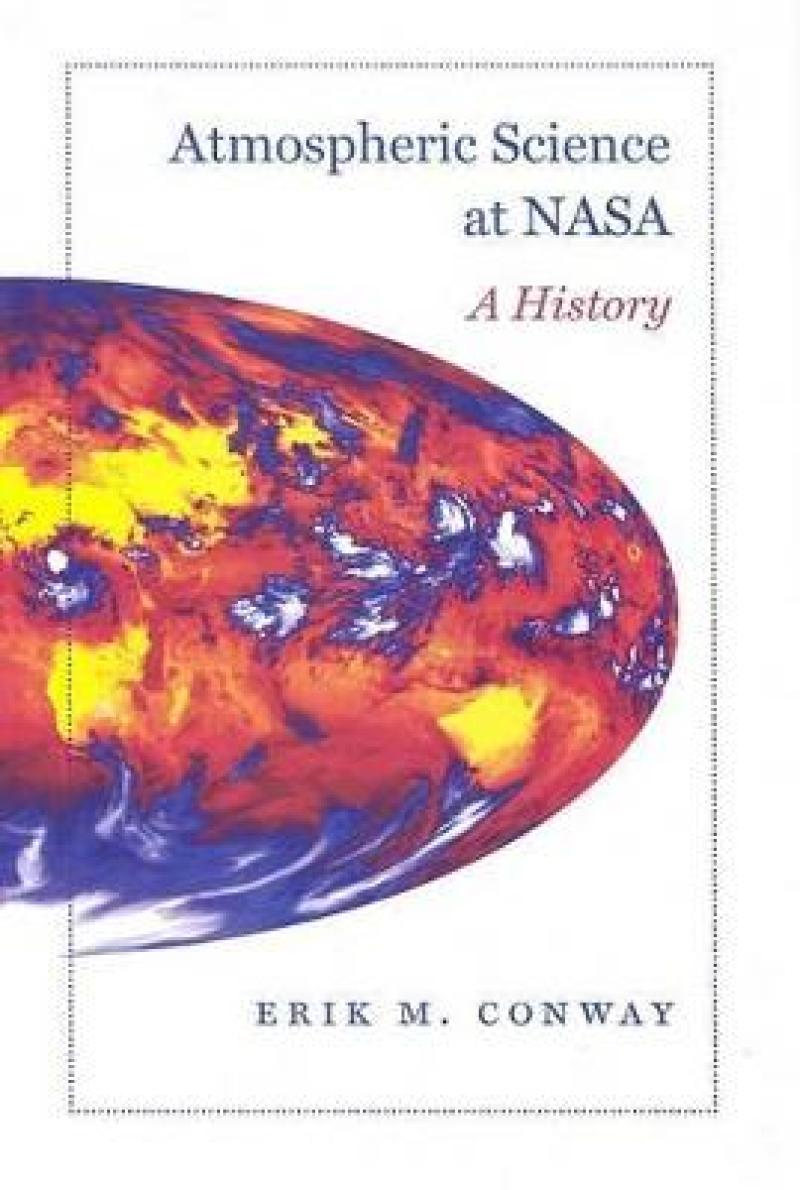This book offers an informed and revealing account of NASA's involvement in the scientific understanding of the Earth's atmosphere. Since the nineteenth century, scientists have attempted to understand the complex processes of the Earth's atmosphere and the weather created within it. This effort has evolved with the development of new technologies-from the first instrument-equipped weather balloons to multibillion-dollar meteorological satellite and planetary science programs. Erik M. Conway chronicles the history of atmospheric science at NASA, tracing the story from its beginnings in 1958, the International Geophysical Year, through to the present, focusing on NASA's programs and research in meteorology, stratospheric ozone depletion, and planetary climates and global warming. But the story is not only a scientific one. NASA's researchers operated within an often politically contentious environment. Although environmental issues garnered strong public and political support in the 1970s, the following decades saw increased opposition to environmentalism as a threat to free market capitalism.
Atmospheric Science at NASA critically examines this politically controversial science, dissecting the often convoluted roles, motives, and relationships of the various institutional actors involved-among them NASA, congressional appropriation committees, government weather and climate bureaus, and the military.
Les mer
Atmospheric Science at NASA critically examines this politically controversial science, dissecting the often convoluted roles, motives, and relationships of the various institutional actors involved-among them NASA, congressional appropriation committees, government weather and climate bureaus, and the military.
Les mer
AcknowledgmentsList of AbbreviationsIntroduction1. Establishing the Meteorology Program2. Developing Satellite Meteorology3. Constructing a Global Meteorology4. Planetary Atmospheres5. NASA Atmospheric Research in Transition6. Atmospheric Chemistry7. The Quest for a Climate Observing System8. Missions to Planet Earth: Architectural Warfare9. Atmospheric Science in the Mission to Planet EarthConclusionEpilogueNotesIndex
Les mer
Comprehensive history... recommended. Choice As one of the latest books in the New Series in NASA History, Conway's project introduces a new aspect of space science that will be of interest to scholars of this field. -- Kristine C. Harper American Historical Review Excellent. -- Roger D. Launius Quest
Les mer
The author does an excellent job of telling this story—translating the science into prose, characterizing the various personalities and institutions, organizing the convoluted tale into a narrative, and assessing interactions of multifarious factors. The work . . . will stand as a significant contribution to the literature. Much of the story has not yet been told, or if it has, certainly not in this detail or scope. It is likely to rank high in the top score or so of books devoted to the history of space science.—Joseph N. Tatarewicz, University of Maryland, Baltimore County
Les mer
The author does an excellent job of telling this story-translating the science into prose, characterizing the various personalities and institutions, organizing the convoluted tale into a narrative, and assessing interactions of multifarious factors. The work... will stand as a significant contribution to the literature. Much of the story has not yet been told, or if it has, certainly not in this detail or scope. It is likely to rank high in the top score or so of books devoted to the history of space science. -- Joseph N. Tatarewicz, University of Maryland, Baltimore County
Les mer
Produktdetaljer
ISBN
9780801889844
Publisert
2009-02-02
Utgiver
Vendor
Johns Hopkins University Press
Vekt
703 gr
Høyde
229 mm
Bredde
152 mm
Dybde
32 mm
Aldersnivå
P, 06
Språk
Product language
Engelsk
Format
Product format
Innbundet
Antall sider
416
Forfatter
